1. Introduction to Snorkel Puerto Rico
Puerto Rico is a tropical paradise that offers a wealth of breathtaking underwater experiences, making it one of the prime destinations for those interested in snorkeling. The vibrant marine life, crystal-clear waters, and stunning coral reefs create the perfect setting for both novice and experienced snorkelers alike. For those eager to explore these aquatic wonders, the opportunity awaits to snorkel puerto rico and discover the splendor that lies beneath the waves.
1.1 What is Snorkeling?
Snorkeling is a water activity that allows individuals to explore underwater ecosystems while floating on the water’s surface. Using a mask and snorkel, snorkelers can breathe while their faces are submerged, enabling them to enjoy the beauty of coral reefs, fish, and other marine life without the need for bulky diving equipment. Snorkeling is accessible to a wide audience, as it doesn’t require extensive training or prior experience, making it a fantastic way to connect with nature.
1.2 The Appeal of Snorkel Puerto Rico
The allure of snorkeling in Puerto Rico lies in its rich biodiversity and stunning marine habitats. The island boasts numerous snorkeling sites ranging from flourishing coral reefs to lagoons filled with countless sea creatures. The gentle sea currents, warm temperatures, and minimal waves create ideal conditions for exploration, allowing snorkelers of all skill levels to enjoy their experience. Moreover, Puerto Rico’s geographic location offers access to unique marine ecosystems, from the shallow waters of the Caribbean Sea to the depths of the Atlantic Ocean.
1.3 Essential Gear for Snorkeling
For a successful snorkeling adventure, having the right gear is crucial. Here’s a list of essentials that every snorkeler should consider:
- Mask: A well-fitting mask is vital for clear underwater vision. It should create a comfortable seal on the face to prevent water from seeping in.
- Snorkel: Choose a snorkel that allows for easy breathing and features a dry top to avoid water entry.
- Fins: Fins provide propulsion and make it easier to swim, allowing snorkelers to cover more ground effortlessly.
- Wetsuit or Rash Guard: Depending on the water temperature, a wetsuit or rash guard can protect against sunburn and stings from marine life.
- Buoyancy Aid: A snorkel vest or buoyancy belt can help those who are less confident in the water stay afloat while they explore.
2. Top Snorkeling Locations in Puerto Rico
Discovering the best snorkeling spots is essential for an unforgettable experience. Puerto Rico is replete with locations that cater to all types of snorkelers, from tranquil beaches to vibrant coral gardens. Here, we outline some of the top spots you shouldn’t miss.
2.1 Best Beaches for Snorkel Puerto Rico
Puerto Rico features a variety of stunning beaches that are perfect for snorkeling. Popular among both locals and tourists, these sites offer easy access to remarkable underwater life:
- Vieques Beach: Known for its clear waters, Vieques Beach offers excellent snorkeling conditions to observe colorful tropical fish and coral formations.
- Luquillo Beach: A family-friendly beach with calm waters, Luquillo is ideal for beginner snorkelers looking to explore a rich marine environment.
- Crashed Plane Snorkeling Spot: Off the coast of Aguadilla, snorkelers can witness the remnants of a crashed plane while surrounded by diverse marine life.
- Fajardo: The underwater reserve at Fajardo is known for its health coral reefs and a lively variety of marine species, making it a must-visit destination.
2.2 Hidden Gems: Off the Beaten Path
While there are popular snorkeling locations, some hidden gems offer quieter, less crowded snorkeling experiences:
- La Parguera: Located on the southwest coast, La Parguera is famous for its bioluminescent bay and offers superb snorkeling among mangroves and coral reefs.
- Mona Island: A remote island featuring stunning natural landscapes, Mona Island boasts pristine waters where snorkelers can see unique marine species.
- Cayo Icacos: Accessible primarily by boat, Cayo Icacos is a secluded cay known for its outstanding clarity and vibrant marine life.
2.3 Comparing the Best Spots
Each snorkeling spot in Puerto Rico has its unique offerings. For example, Vieques Beach is celebrated for its turquoise waters and serenity, while La Parguera presents a captivating opportunity to experience bioluminescence at night. Snorkelers should consider their skill levels and preferences—those looking for adventure might prefer the reefs of Fajardo, while families with younger children may find Luquillo Beach more accommodating.
3. Safety Tips for Snorkelers in Puerto Rico
Safety should always be a priority while snorkeling. Understanding the local marine environment and conditions is vital for a safe, enjoyable experience. Below are some essential safety tips for snorkelers in Puerto Rico.
3.1 Understanding Marine Life
Being informed about local marine species can enhance your snorkeling experience and ensure your safety. Some species, such as sea urchins, jellyfish, and certain types of coral, can be harmful if touched. Research the marine life indigenous to the areas you will be snorkeling, and always observe creatures from a safe distance to prevent disturbing their habitat.
3.2 Weather and Water Conditions
Before heading out, it’s crucial to check the weather and water conditions, as they significantly impact snorkeling safety. High winds, strong currents, and low visibility can create hazardous situations. Be attentive to local reports and heed advice from local guides regarding the best times to snorkel.
3.3 Emergency Preparedness
Even in the calmest waters, accidents can happen. Familiarize yourself with basic emergency protocols and ensure you have access to a first aid kit. Always snorkel with a buddy and agree upon a signal to use if there’s an emergency. Staying alert and aware of your surroundings can greatly reduce risks while out on the water.
4. How to Book a Snorkeling Tour
For those new to snorkeling or unfamiliar with the area, booking a guided tour can provide a structured and enriching experience. Here’s how to prepare for your snorkeling adventure.
4.1 Researching Tour Operators
When selecting a snorkeling tour operator, look for reputable companies that prioritize safety and have certified guides. Read reviews, check their safety protocols, and ensure that they provide quality snorkeling equipment. Tour operators will often offer packages that include transportation, gear rental, and snacks, making it a convenient choice for visitors.
4.2 What to Expect on a Tour
Guided snorkeling tours typically start with a briefing on safety procedures and an overview of the snorkeling area. Participants usually explore underwater landscapes while being escorted by experienced guides who provide insights about the marine life encountered. Expect camaraderie among fellow snorkelers and the chance to learn more about the rich biodiversity of Puerto Rico’s waters.
4.3 Cost Considerations
Pricing for snorkeling tours can vary based on location, duration, and inclusivity. Generally, half-day tours range from $50 to $100 per person, while full-day adventures may cost more. When booking, consider the value of what is included in the price, ensuring that you receive a comprehensive experience without compromising on safety and quality.
5. Enhancing Your Snorkel Experience
To make the most of your snorkeling adventure in Puerto Rico, consider these tips for enhancing your experience, from capturing memories to planning your visit around the best conditions.
5.1 Photography Tips for Snorkel Puerto Rico
Underwater photography can be a rewarding way to capture the beauty of snorkeling in Puerto Rico. Here are some helpful tips:
- Use a Waterproof Camera: Invest in a high-quality waterproof camera or housing compatible with your smartphone to capture stunning underwater images.
- Pay Attention to Lighting: Shooting photos during midday when the sun is high will typically result in brighter and more vibrant colors.
- Avoid Disturbing Marine Life: To get the best shots, maintain a respectful distance from creatures and avoid sudden movements that might scare them away.
5.2 Best Time for Snorkeling
The best time for snorkeling in Puerto Rico typically falls between late spring and early fall when water temperatures are warmest and visibility is clear. However, conditions can vary greatly by location, so it’s advisable to check local forecasts prior to your trip. Weekdays often see fewer crowds, making for a more enjoyable experience.
5.3 Post-Snorkel Activities
After a satisfying snorkeling session, take time to explore more of what Puerto Rico has to offer. Popular post-snorkel activities include:
- Sightseeing: Explore local attractions such as El Yunque National Forest, historic San Juan, or the picturesque beaches along the coast.
- Culinary Adventures: Savor local Puerto Rican cuisine at nearby restaurants or street vendors to immerse yourself in the island’s vibrant culture.
- Relaxation: Take a moment to unwind on the beach, basking in the sun and reflecting on your underwater adventures.
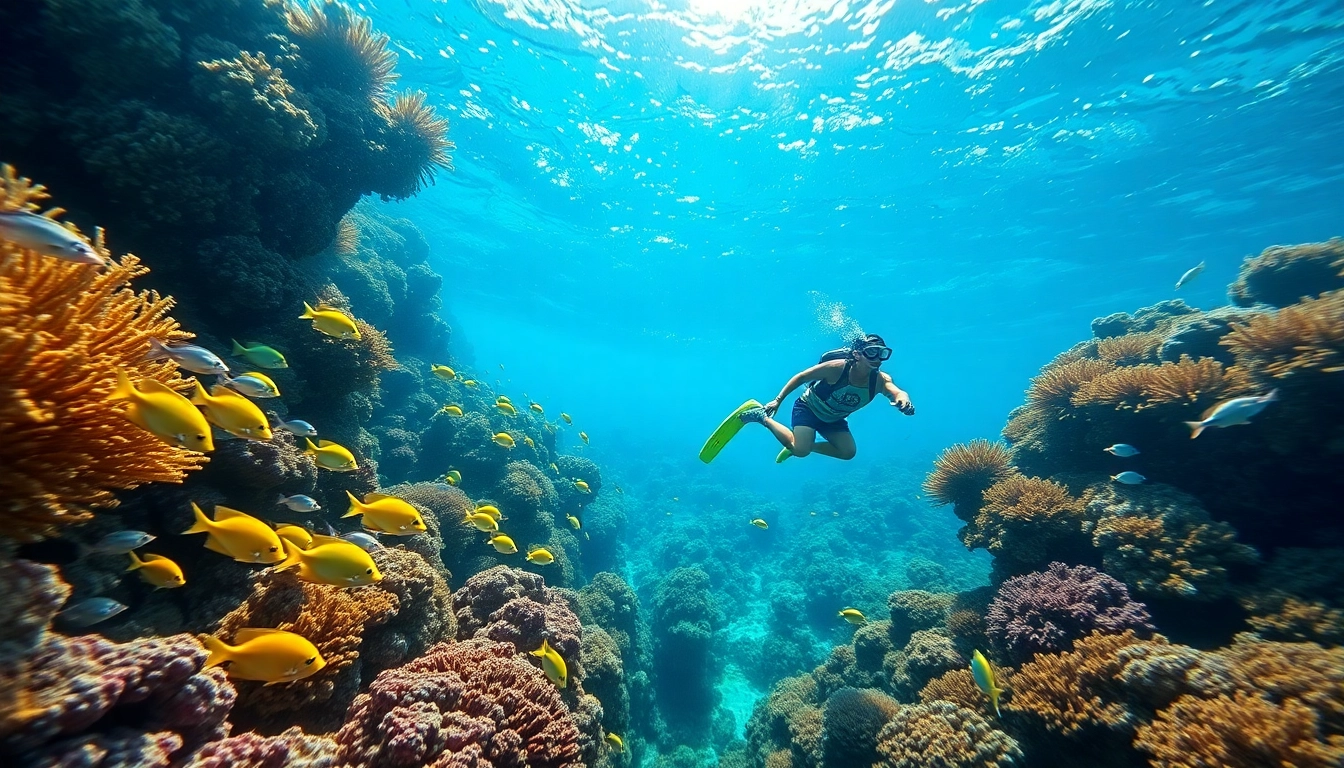
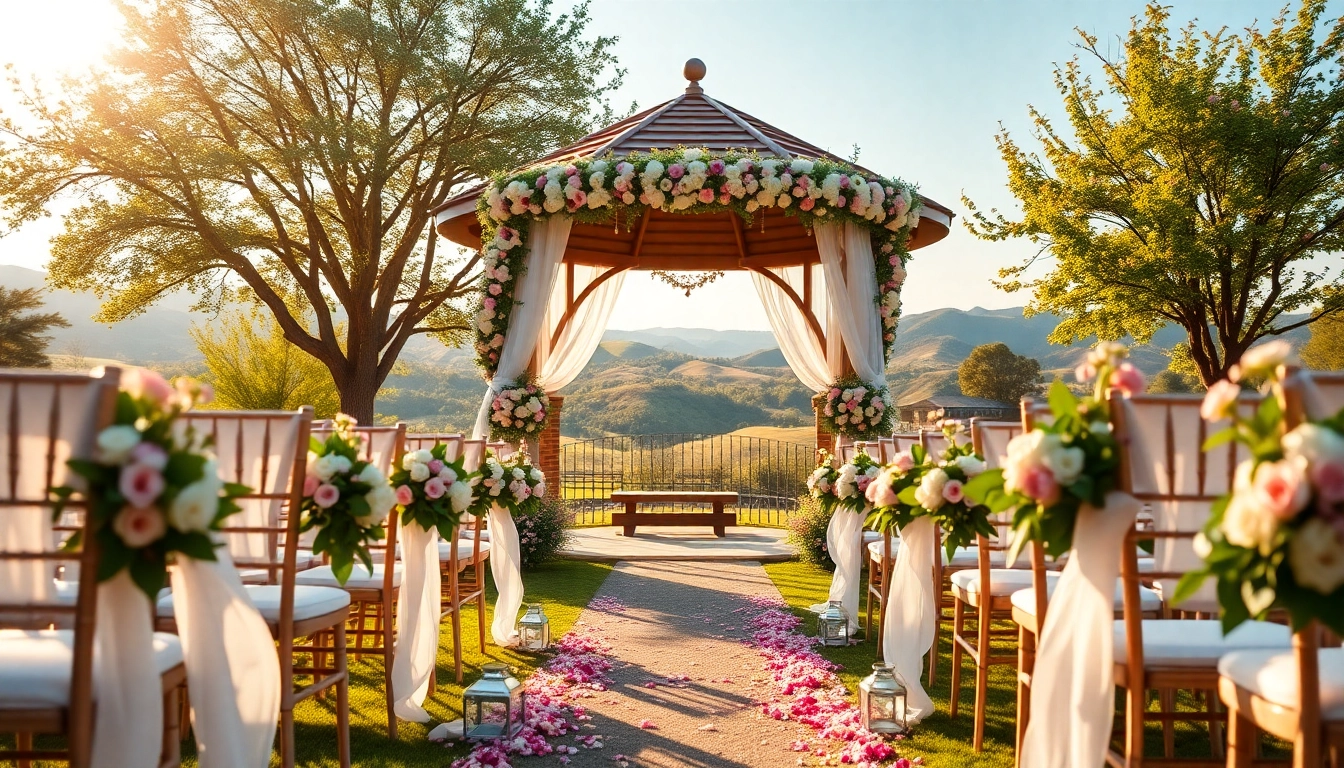
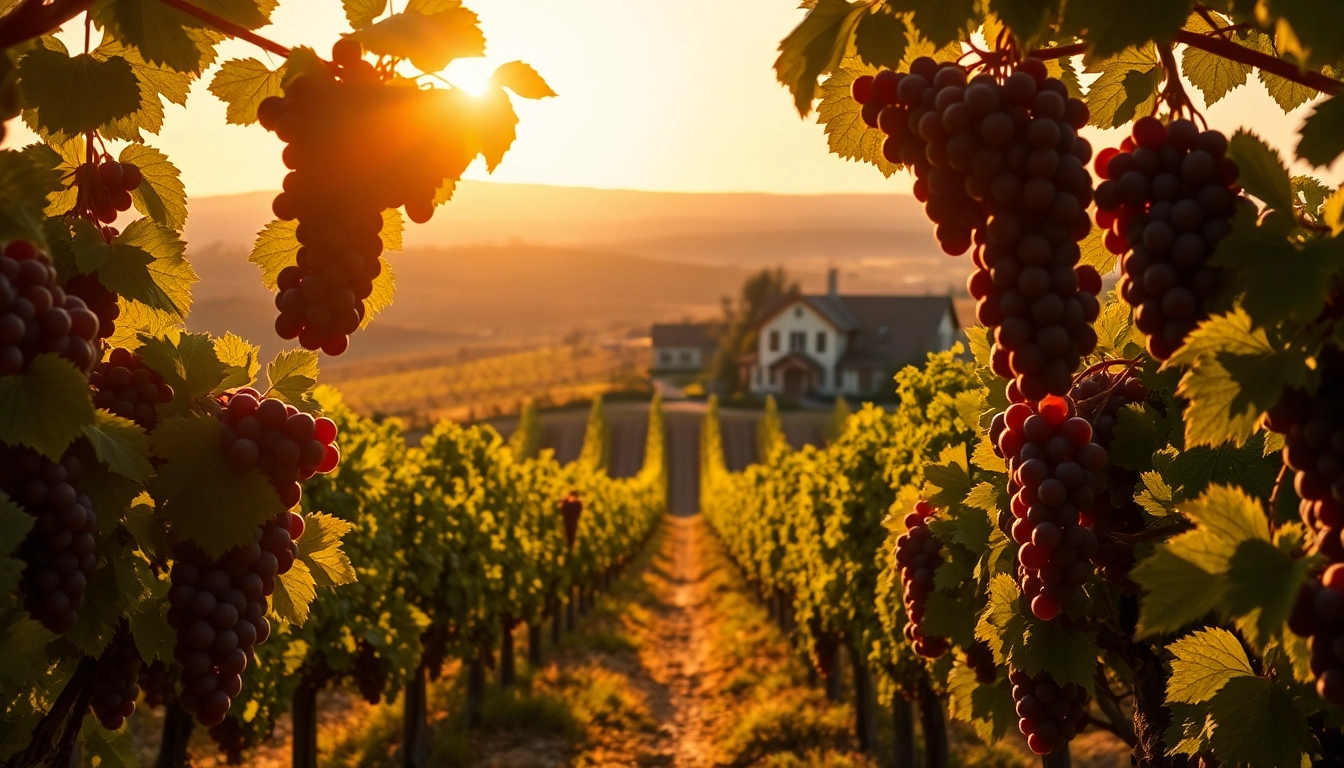
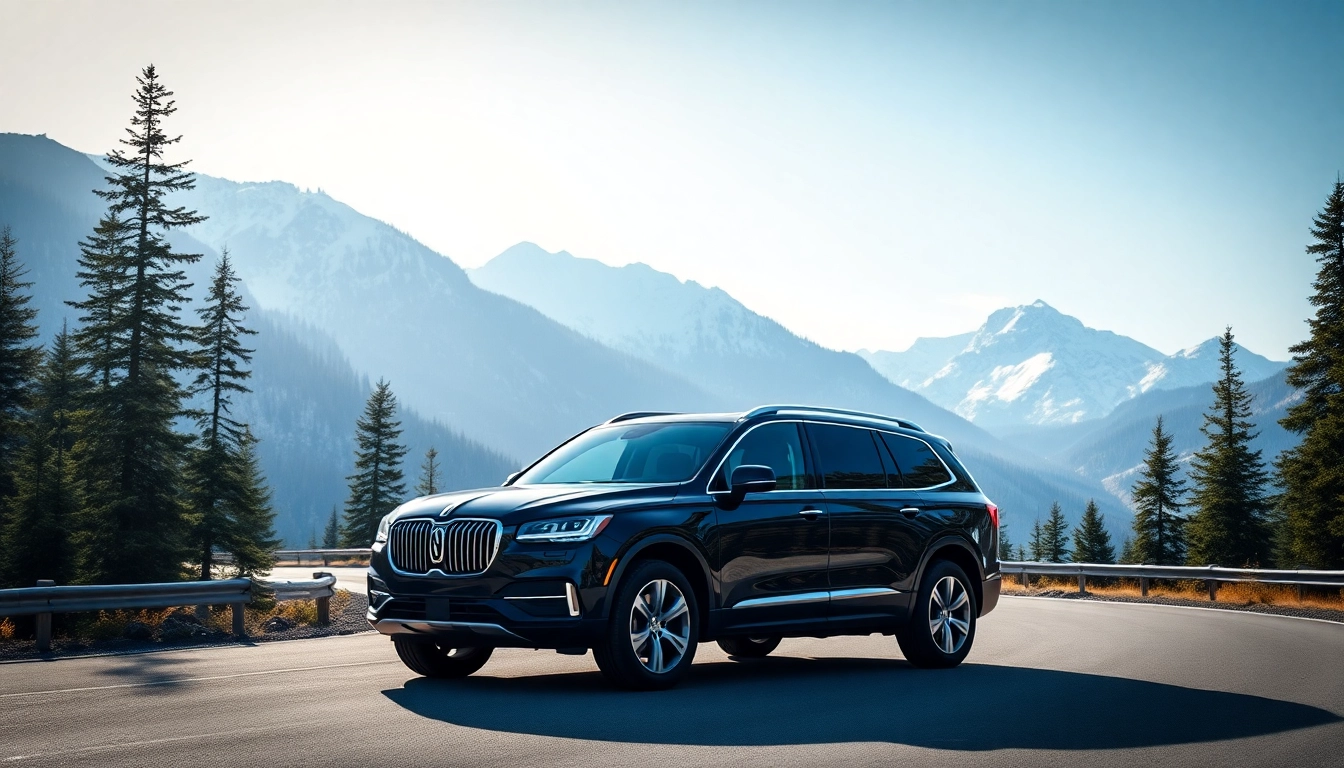
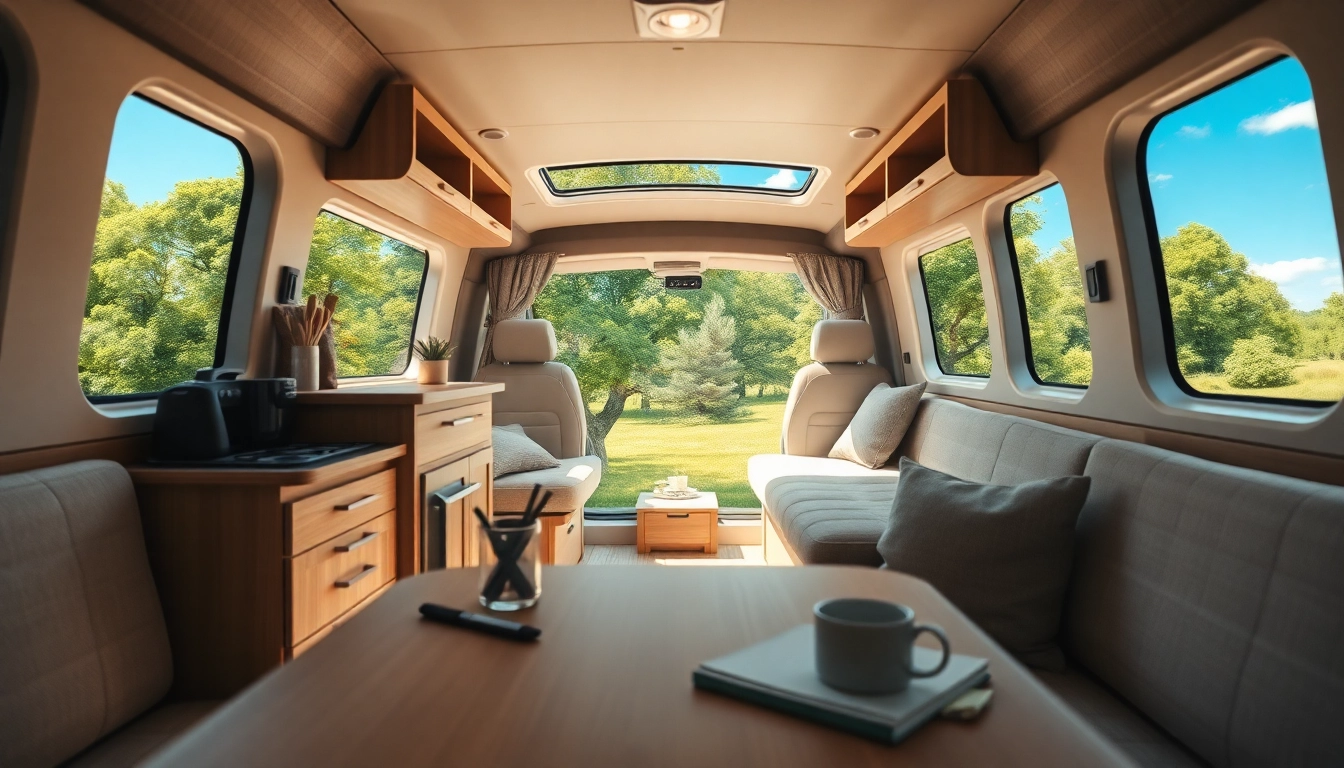

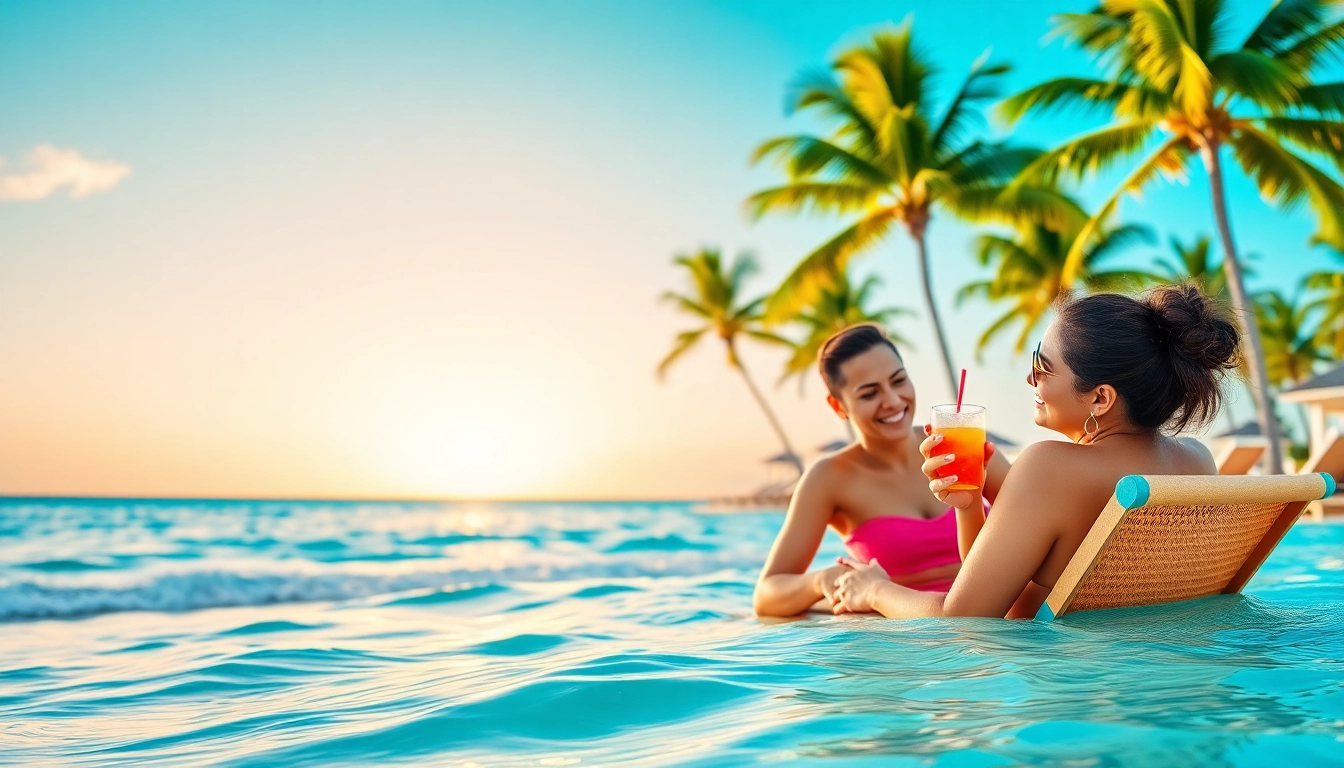
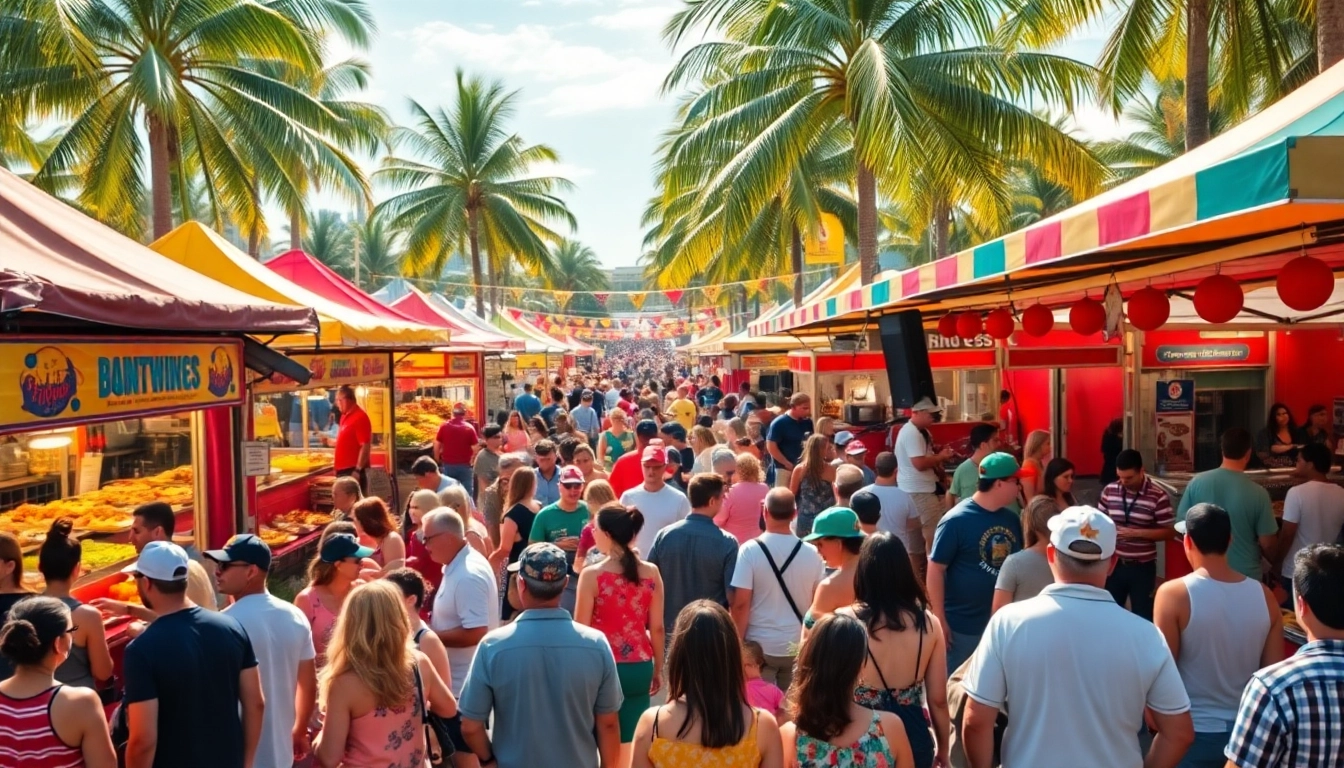
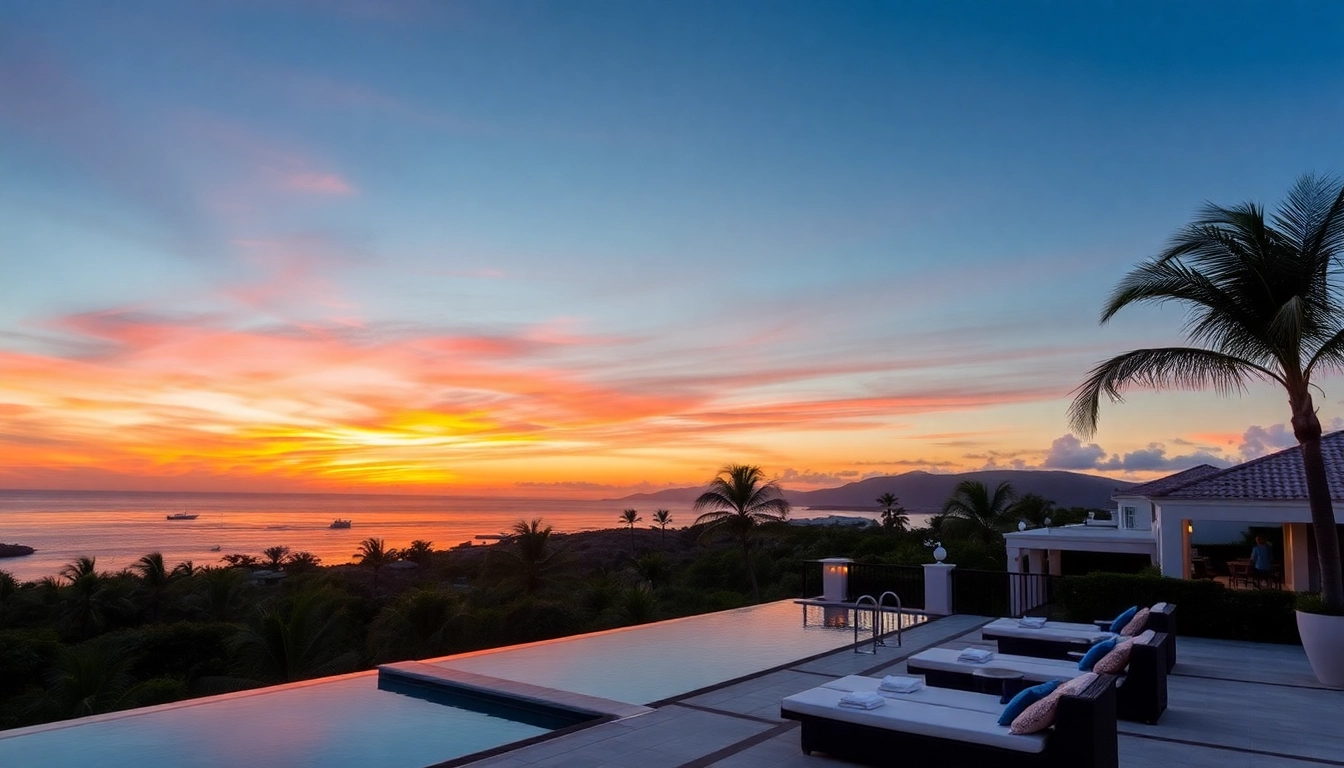
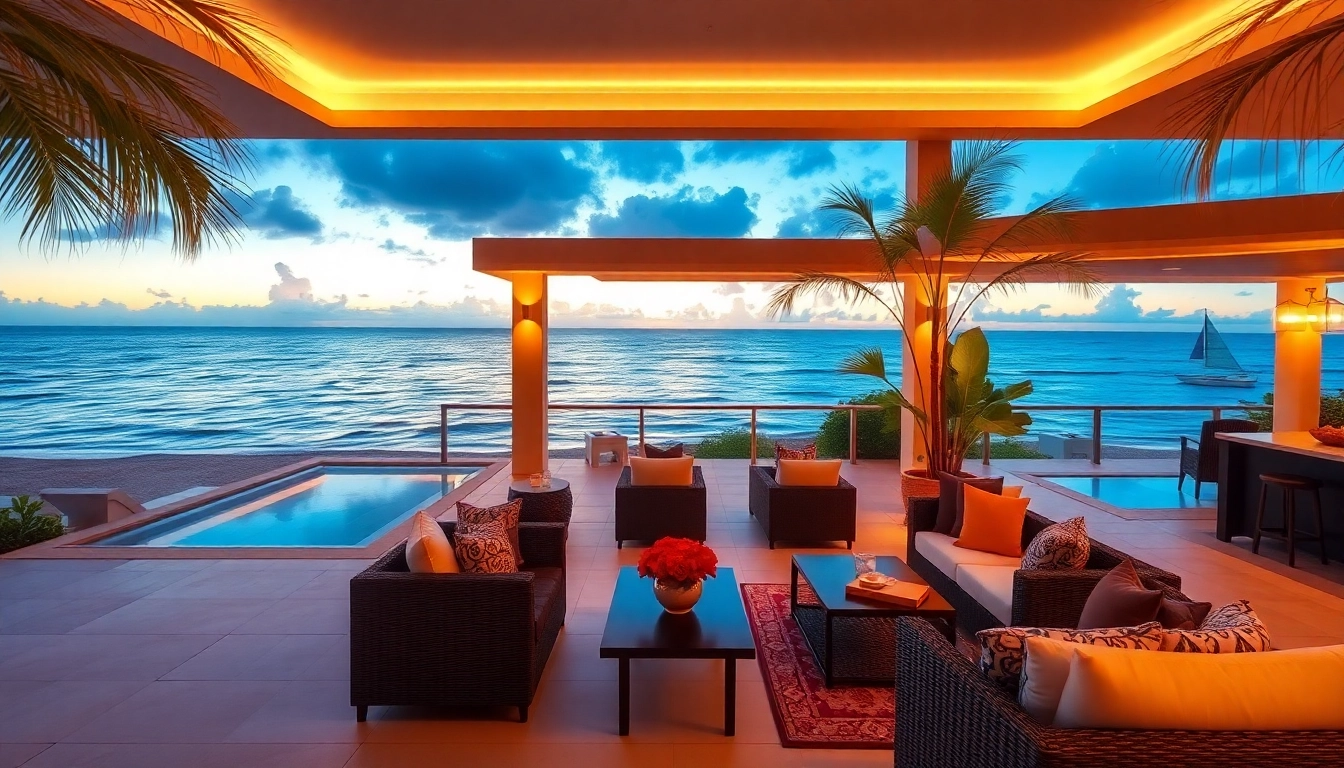
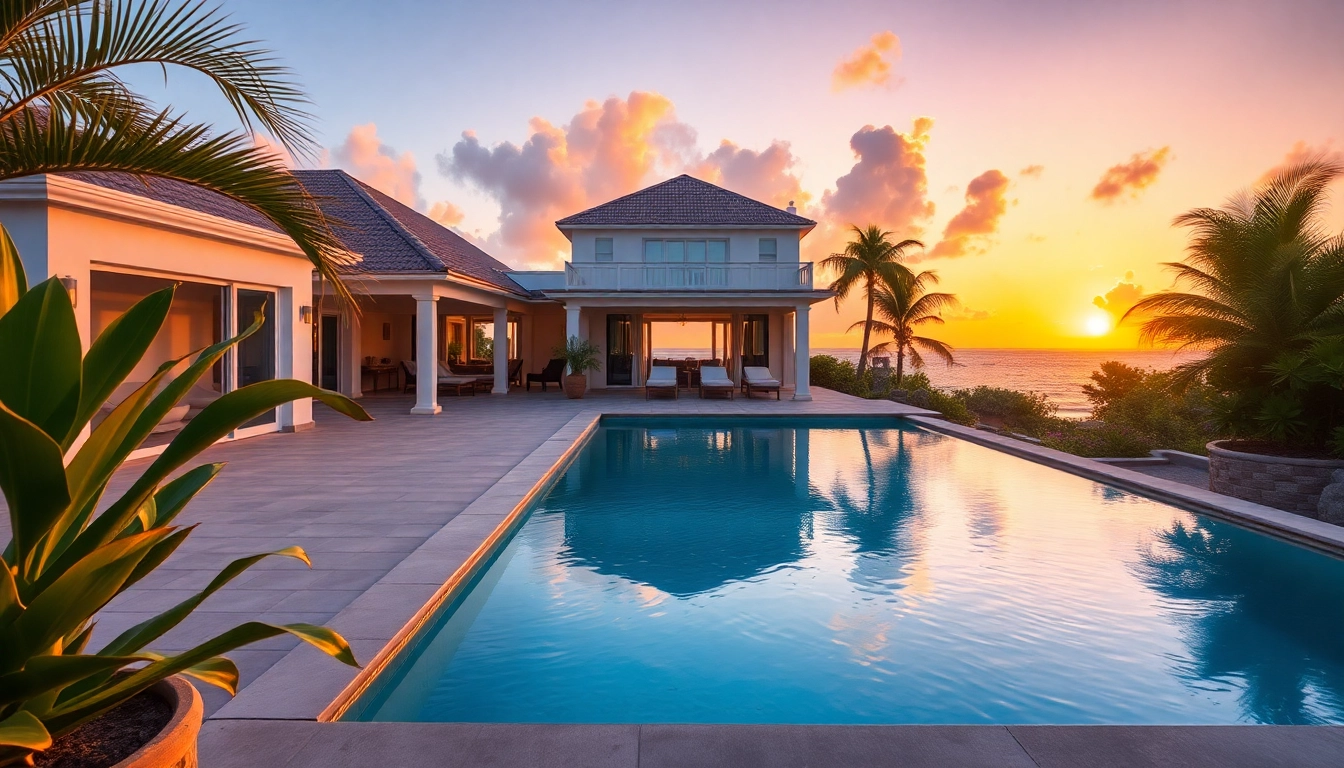
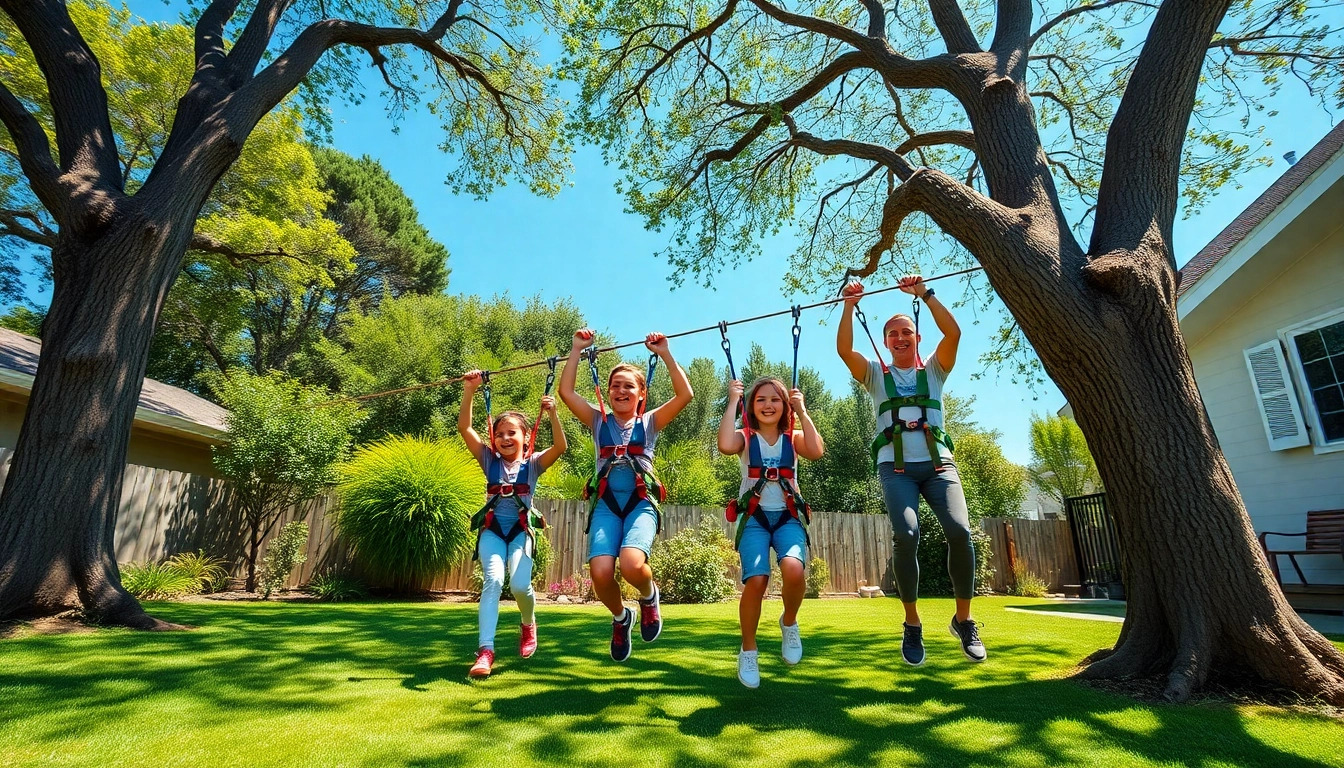

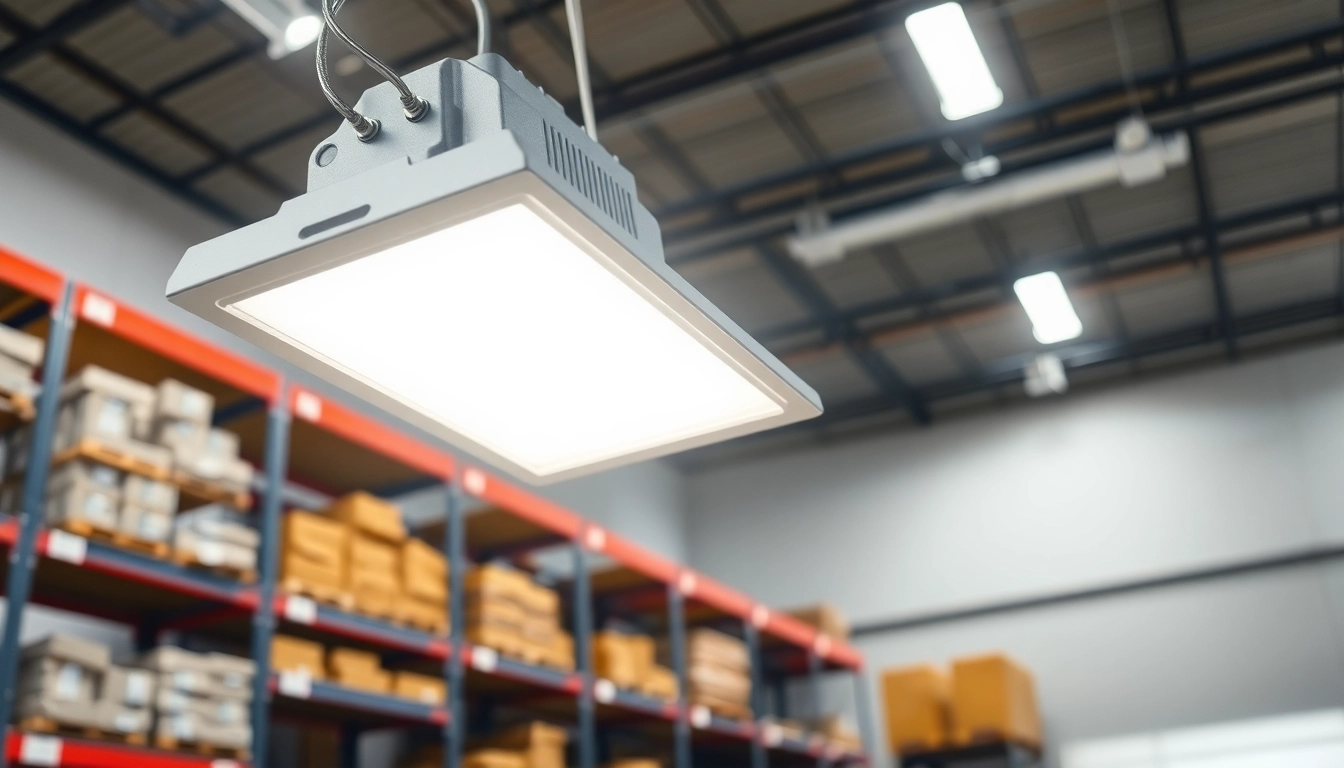
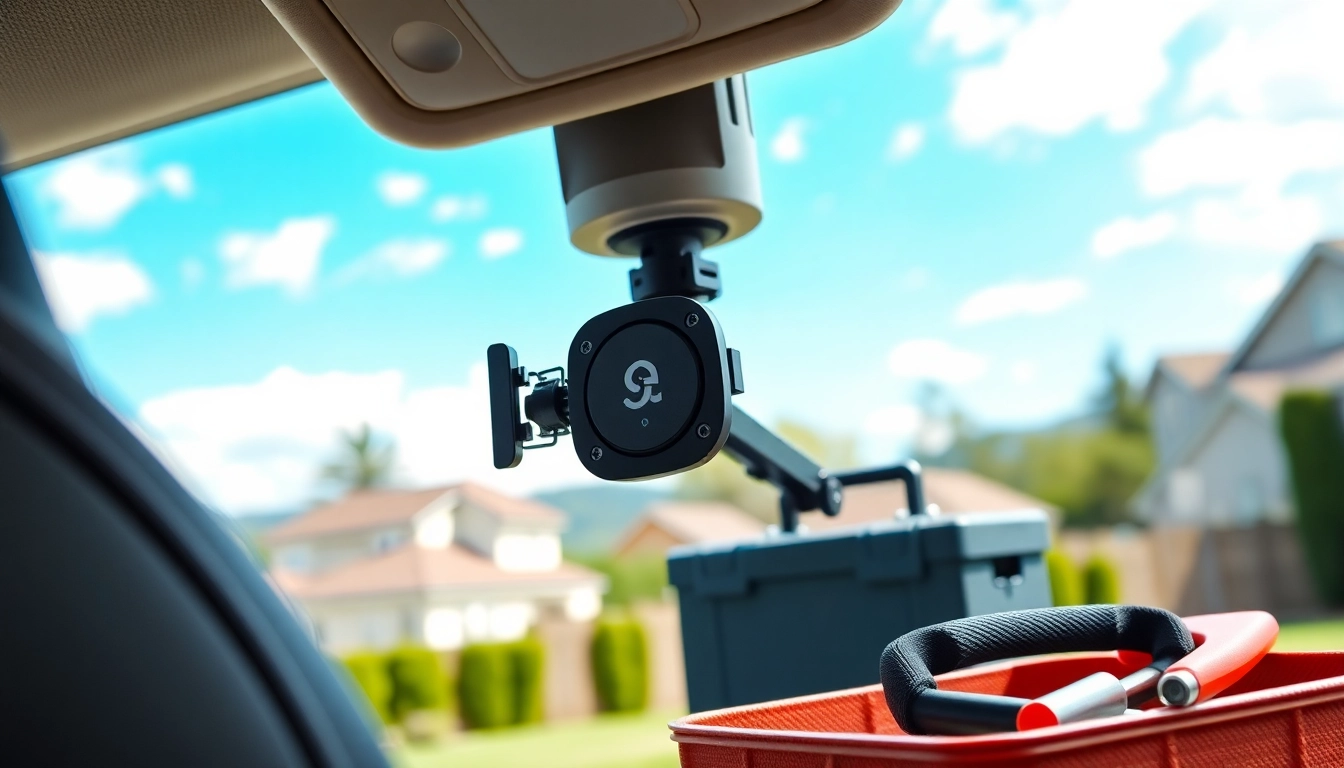
Leave a Reply